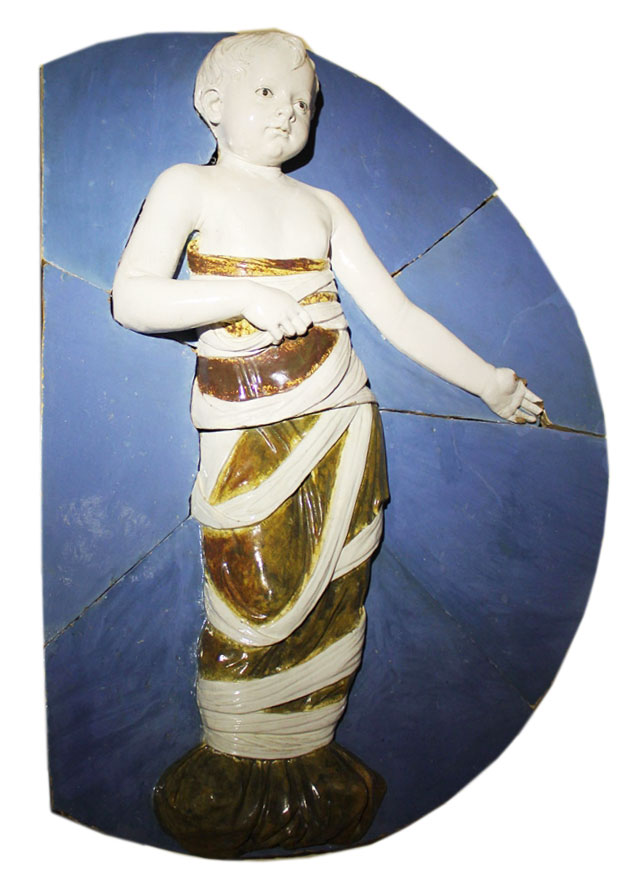The 10 swaddled putti in glazed terracotta by Andrea della Robbia, symbol of the Ospedale degli Innocenti of Florence, were part of an important restoration project and removed from the façade of the Brunelleschi, where they were placed in 1487. They were revealed to the public for the first time in a dedicated hall on the day of the inauguration of the new Museo degli Innocenti.

Adopt a work of art
The swaddled putto no. 3 by Andrea della Robbia was restored thanks to the contribution of Colorobbia, which funded the entire cost, adhering to the “Adopt a work of art” campaign, a fundraising initiative that led the Istituto degli Innocenti in Florence to restore 26 artworks thanks to the support of private citizens, bodies, foundations and institutes. The precious artifact was restored by the Opificio delle Pietre Dure in Florence.
The link with the Della Robbia
Since its inception, the Colorificio Ceramico Della Robbia, renamed Colorobbia shortly thereafter, has deliberately inscribed a link with the Della Robbia in its name. The Bitossi in fact wanted to pay homage to the prestigious Florentine family and its mastery in the art of glazed ceramics as an example of perfection, symbolic of the primacy of aesthetic and technological innovation in ceramics. At the same time, this choice was deemed to be a good omen for the new manufacturing business, which produced transparent glazes intended for ceramic artifacts and subsequently the ceramics industry.
Putto no. 3
Since its founding, Colorobbia has been associated with the somewhat stylized and freely interpreted image of one of Andrea della Robbia’s putti: specifically, the only one with its right arm folded over its abdomen and left arm open, identifiable with putto no. 3, which has since found its adoptive home in Colorobbia.




